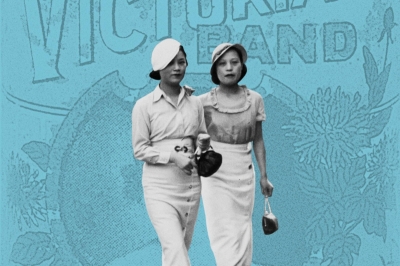 |
| "Yellow-Green Spiral" by Jun Fujita, 2000, acrylic on board |
Op Art, pioneered by Bridget Riley and Victor Vasarely in the '60s, creates the impression of swirling movement and tricks the eye into perceiving three dimensions. Optical discrepancy is achieved by placing the geometric shapes precisely onthe picture plane by using techniques such as reversal and tiling. Tiling repeats a graphic to create an all-over pattern, much like wallpaper. In reversal, negative space (that is, the space around the object) and positive space (the object itself) are given equal value. No clue is provided to identify top or bottom, up or down, as one geometric form appears to move into another.
Jun Fujita, a young artist now showing at the SAP Gallery in Tokyo's Aoyama, uses similar techniques in his work. His intricate geometrically patterned paintings are decorative, and as pleasing to the eye as they are lacking a hidden conceptual handle. With repeated abstract geometric motifs, often enclosed within a grid, the paintings have a very graphic quality, which, at first glance, seems superficially connected to the Op Art creations of the 1960s.
Evolving out of a rejection of Abstract Expressionism and a close alignment with Kinetic Art, Op Art was faulted by critics such as Clement Greenberg for distorting the flat picture plane with obsessive, illusionist and nonintellectual repetitiveness. The precursor of the figurative end of the Op Art movement could be said to be M.C. Escher, who has never received critical acclaim, although he has always had a great deal of popular support.

















With your current subscription plan you can comment on stories. However, before writing your first comment, please create a display name in the Profile section of your subscriber account page.